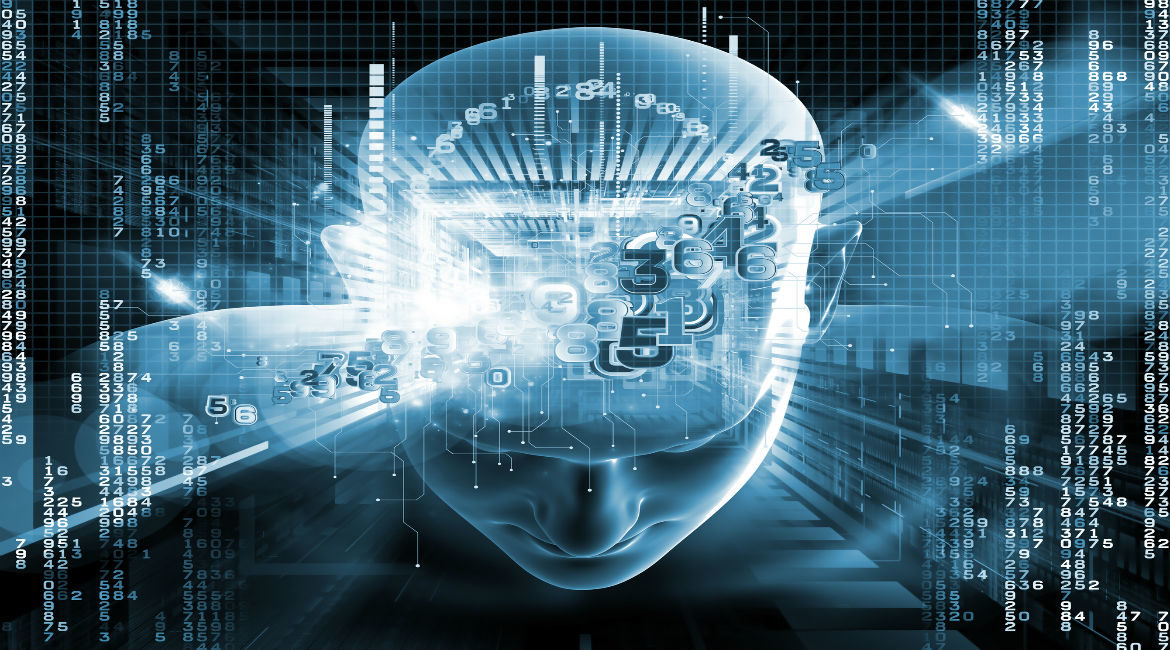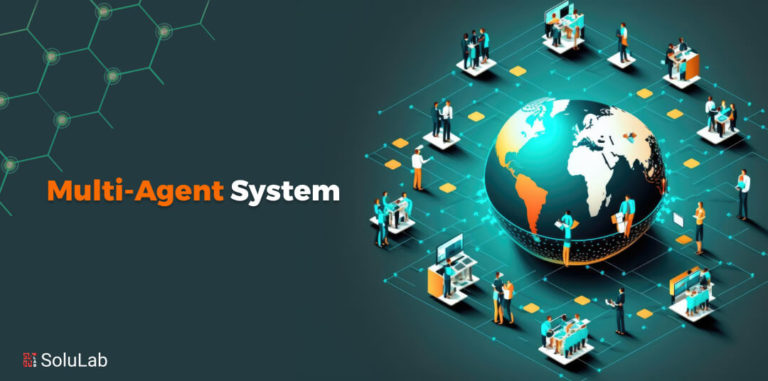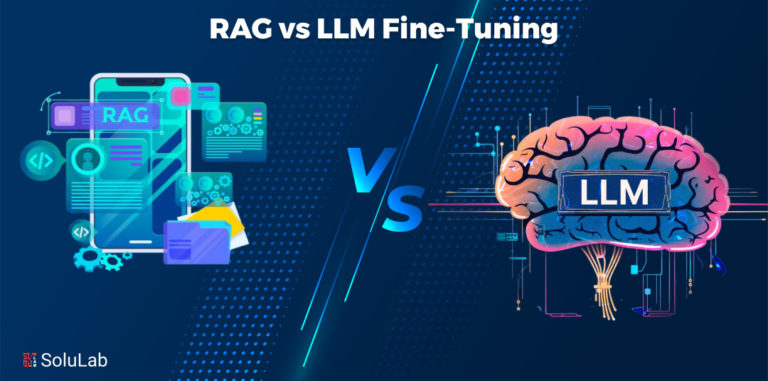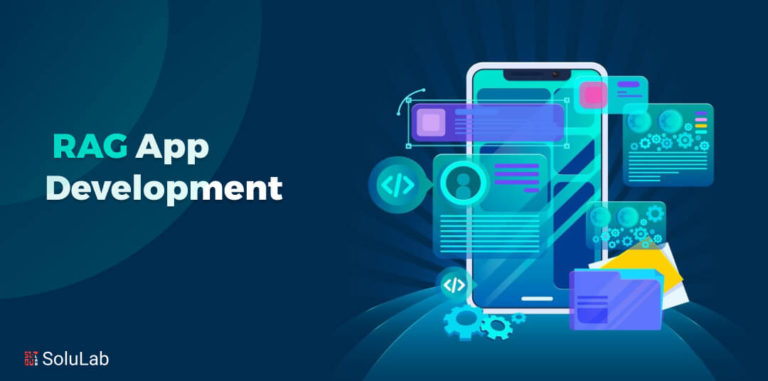Table of Contents
Today, complex financial operations have become easier with smart technology. Financial industry is one of the industries that has been majorly impacted by the influence and implementation of technology. However, technologies have been changing the way financial sectors have been operating and delivering financial services to their customers. Combination of technology and financial sector sounds a little vague without getting deeper into details, doesn’t it? So, how exactly smart technologies such as artificial intelligence (AI), internet of things (IoT), blockchain and machine learning (ML) can benefit financial sector? This article discusses about how AI, IoT blockchain in financial sector have been providing a strong pillar for finance along with machine learning too.
Finance sector has always been demanding more from the company, more from the government, more from the customer. Why is this? This is because of the inefficiency or challenges faced by the finance sector to balance the demand and supply or maintain a smooth cash flow.

Connecting AI and IoT for financial services provide enhanced interoperability between all financial operations and provide a better sharing of data and information.
According to Mckinsey, with blockchain based platforms and IoT, the financial sector is estimated to make an economic revenue generation of USD 11.1 trillion by 2025.
AI, IoT, Blockchain in Financial sector, along with ML
Machine Learning
Machine learning is a scientific approach of complex algorithms that use statistical models to improve the performance of a particular task. Using machine learning and predictive analysis, financial sectors can operate efficiently. With predictive analytics, financial companies can make a useful report of the outcomes of the potential future. This prediction is arrived with the help of the current data influenced by current operations and transactions.

The current business performance is also an important factor used to predict the future outcomes of a financial operations or transaction. Not every outcome is easy to predict though. This is not a fortune teller. Machine learning uses mathematical models, statistical models that gather current data and plots a pattern between the inter-related data. From the inter-related data, the models built provide potential outcomes for the specific operation for which the prediction model was built.
This outcome is used to make better, more efficient and smarter decisions in terms of saving money, making smarter investments, identifying investment mistakes, accomplishing a balanced demand and supply.
Artificial Intelligence
One of the major issues faced in the financial sector is financial crimes such as money laundering, illegal transfers, fake claims, etc. With the help of artificial intelligence, fraud detection in financial sectors can be enhanced. Detection of fraudulent activities and mal-practices can be identified easily. This is possible by feeding red alert data into the artificial intelligence supercomputer.

For example, say two individuals are trading inside information via SMS. This critical information is fed into the supercomputer in such a way that the super computer constantly keeps searching all phone communications and text messages with the location boundaries set within the AI system. Further, when the supercomputer comes across any conversation or SMS that contains tags similar to the critical information or red alert data fed in the super computer, a red alert message or notification is sent to the concerned person.
Then, the concerned personnel can take appropriate necessary action even before the malpractice could occur. This puts a full stop to many financial mal-practices.
Internet of Things
Internet of Things connects different smart devices together. This in turn increases the operating efficiency by enhancing the interoperability between devices. Now, what would happen if the internet of things is built to go beyond a device and enhance the interoperability between the two departments. Imagine, what if the internet of things is built to go beyond departments and increase the interoperability between different financial institutions across countries. Wouldn’t that be an apple for the eye?

Yes, with IoT, it is possible to interconnect devices across departments to efficiently share data and information. Also, with the help of internet of things, financial institutions can verify data in real-time. One can track transactions of payments made and payments to be received in real-time.
For example, now put all the above-mentioned features of internet of things in online banking. It would allow the user as well as the financial institution to track payments in real-time. This ensures that the end user receives the payment on time and the person who sent it does not become a victim of financial theft too. With the internet of things, security and privacy is enhanced for all operations and transactions. In addition, one can monitor data anytime, anywhere.
Blockchain
Blockchain is decentralized platform that operates with no central authority or a third-party service. Thus, there is no middlemen between the seller and the buyer. Both the parties can directly connect with each other anytime , anywhere for any operation to transact any amount they agree upon. Hence, blockchain also provides an environment of freedom for the financial sector.
Since the number of middlemen interference is reduce, the costs of transaction also reduce. Also, there is no extra charge levied on the user for using blockchain services too. Moreover, blockchain also stores the financial data with high-encryption. Each data holder is given a unique decryption key. Without this key, no data can be decrypted. Thus, the financial data is protected, secured and safe. This increases a sense of trust between the parties with enhanced transparency.
Read More: Top 5 Hyperledger blockchain development companies in Los Angeles
Signing off: AI, IoT, blockchain and ML in financial sector will bring revolution
Undoubtedly, all these technologies are used vividly. And, why not? They offer the possibility to achieve goals and accomplish financial tasks and transactions in a timely manner. These four pillars help financial institutions to resolve customer queries and requests. Also, they allow the financial sector as a whole to make smarter decisions and make smarter investments. This, in turn, would help all industries that depend on the financial sector too.
What other ways do you think that AI, IoT, Blockchain in financial sector along with ML will benefit the entire industry?




